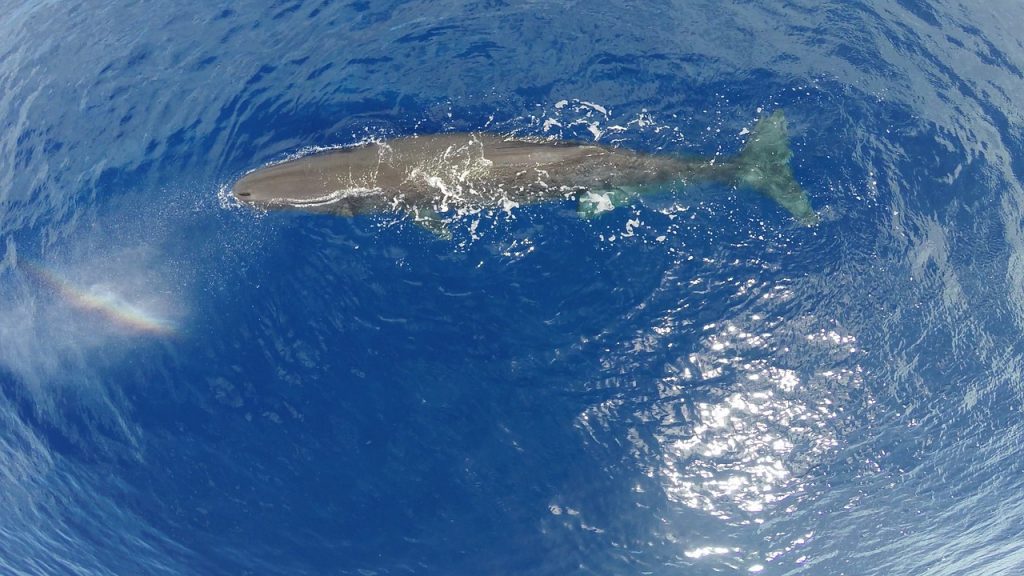Police Seize Illegal Sperm Whale Vomit In Sting Operation
Two men were arrested in India for trying to offload sperm whale vomit.
This article is more than 2 years old

Who knew that selling vomit was illegal? Well, when it is sperm whale vomit, that’s as illegal as it can get.
This past weekend, Indian officials seized nearly 17 pounds of the sperm whale vomit in a sting operation that was set up in Tiruvarur, Tamil Nadu, India. The vomit, which goes by the name of Ambergris, comes from the intestines of the sperm whale. The waxy substance reportedly is used to help make high-end perfumes.
According to the Times of India, forest officials set the trap to catch the men selling the illegal substance. After receiving a tip that a “gang” was looking to cash in on the illegal sperm whale vomit by selling it to foreign markets, officials played the part of buyers to snag the sellers.
Officials approached two men, one a 53-year-old and the other a 52-year-old, who they believed was in possession of the ambergris with the offer to purchase it off of them. The two men fell for the official’s offer and were immediately arrested. The men now call Nannilam prison their home.
If you’re curious as to why the two men were trying to sell the sperm whale vomit, we’ll fill you in. The 17 pounds of ambergris was worth almost $1 million.
Ambergris is illegal to use in the United States because sperm whales are protected. It is, however, used quite often in foreign markets. Ambergris is also illegal in India.
A district officer explained that “When the animal vomits the mass, it floats a foot below the surface of the sea. Only those with knowledge of it can collect it.” The fear, though, is that officials now think the sperm whales will start to be illegally targeted for their vomit rather than waiting for the ambergris to appear on its own.

“While there used to be a time where people would incidentally find ambergris floating around in the ocean, what it could lead to is people killing sperm whales in large numbers and looking for [ambergris] simply because the probability of otherwise finding it is so minimal,” said Humane Society International’s Sumanth Bindumadhav via Newsweek.
Ambergris has been often described as one of the world’s strangest natural occurrences. For the longest time, we didn’t know where it came from. It wasn’t until the 1800s, when large-scale whaling took over, that experts discovered where and how it was produced.
Cephalopods (squid, cuttlefish) are the main diet of sperm whales, and they ingest a lot of it. With a lot of their prey, sperm whales don’t have the ability to digest certain elements such as pens or beaks, so they vomit them out. In rare circumstances, these hard parts make it into the sperm whales’ intestines, binding together. Thus, ambergris is formed.
The two men caught in the sting operation were not the first to be nabbed as of late. In June, Kerala, India forest officials grabbed 42 pounds of sperm whale vomit from three men who were looking to sell.
Not to be outdone, forest officials in Bengaluru, India nailed five men who were trying to get rid of 176 pounds of ambergris.
While sperm whale vomit is illegal in a number of countries, in Thailand it is not. A fisherman found lumps (220-pounds worth) of ambergris on the beach that was akin to striking it rich during the Gold Rush of the 1840s. Before the lumps have even been quality tested, the man received a nice offer for his find. The deal could be worth over $3 million dollars to the man who was making a mere $670 a month. Who knew sperm whale vomit was worth so much?




